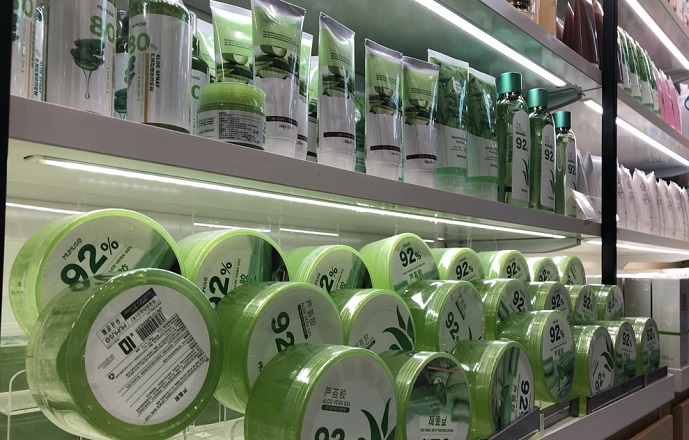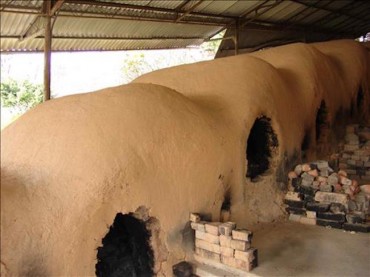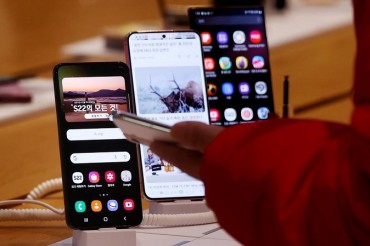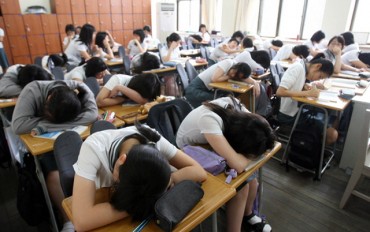
Shown here is an aloe product displayed at a MUMUSO store, a Chinese outlet that sells goods that look like Korean-made products, in Shanghai on Oct. 23, 2019. The aloe product is an imitation of a product of South Korean cosmetics maker Nature Republic. (Yonhap)
SEOUL, July 25 (Korea Bizwire) — South Korea’s patent authority said Monday that there have been numerous cases of Korean trademarks being preempted without permission in China and Southeast Asia, with the intention of capitalizing on the positive reputation of Korean businesses.
The Korean Intellectual Property Office (KIPO) analyzed 15,692 trademark filings in China and Southeast Asia (Vietnam, Thailand, and Indonesia) from 2019 to 2022. They found substantial damages in five major industries — cosmetics, electronic devices, apparel, franchises, and food.
Among these cases, the largest share, accounting for 69.5 percent, involved unauthorized preemption of trademarks identical to Korean ones in the same industry.
In China, however, a significant number of cases (27.4 percent) also included the use of identical or similar trademarks in different industries.
KIPO emphasized that Korean trademarks have high awareness and reliability, which means that using identical trademarks, even in unrelated industries, can still benefit from the positive reputation and high-quality image associated with Korean brands.
When it came to trademark infringement, the majority (more than 70 percent) of the cases involved English versions of the trademarks.
Interestingly, trademark infringements that included the Korean alphabet (hangul) also accounted for a significant share, over 25 percent.
In China and Southeast Asia, hangul is recognized as a pictorial element, making it easier for unauthorized parties to avoid suspicion of trademark infringement.
J. S. Shin (js_shin@koreabizwire.com)






